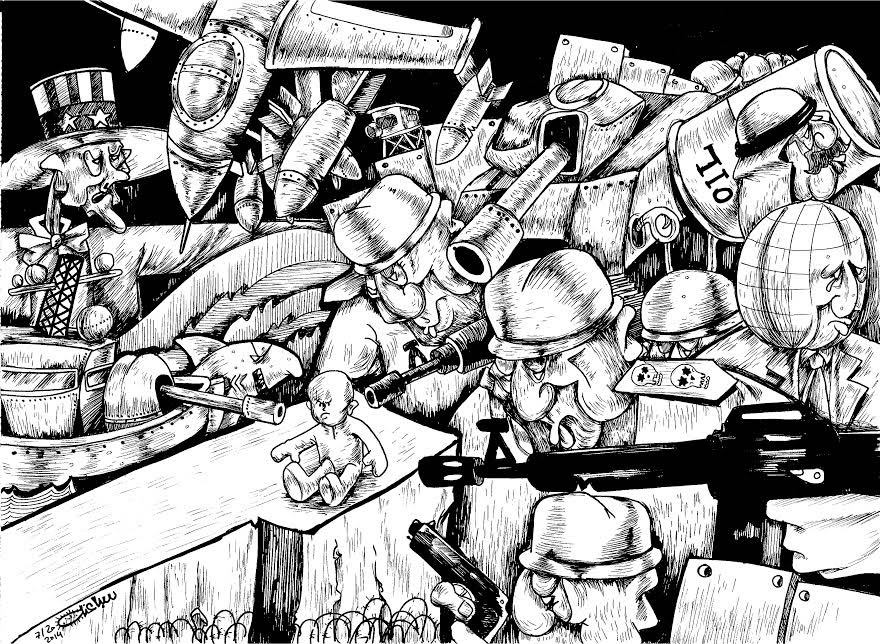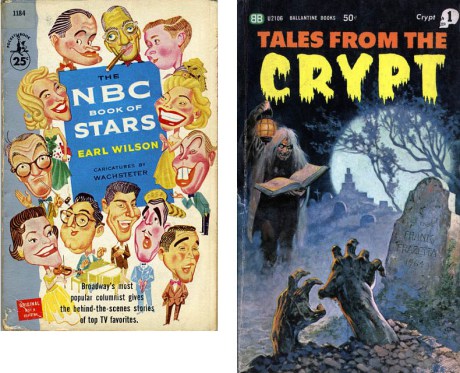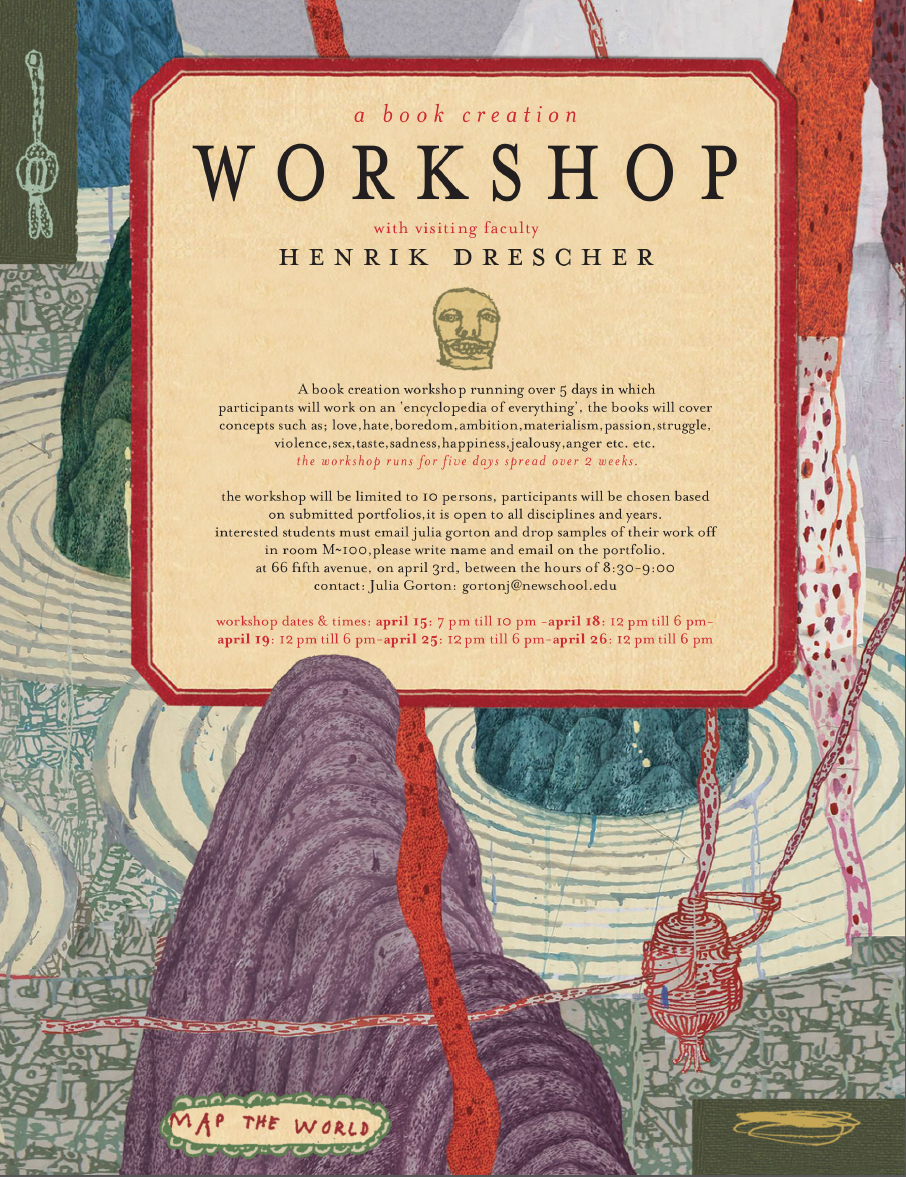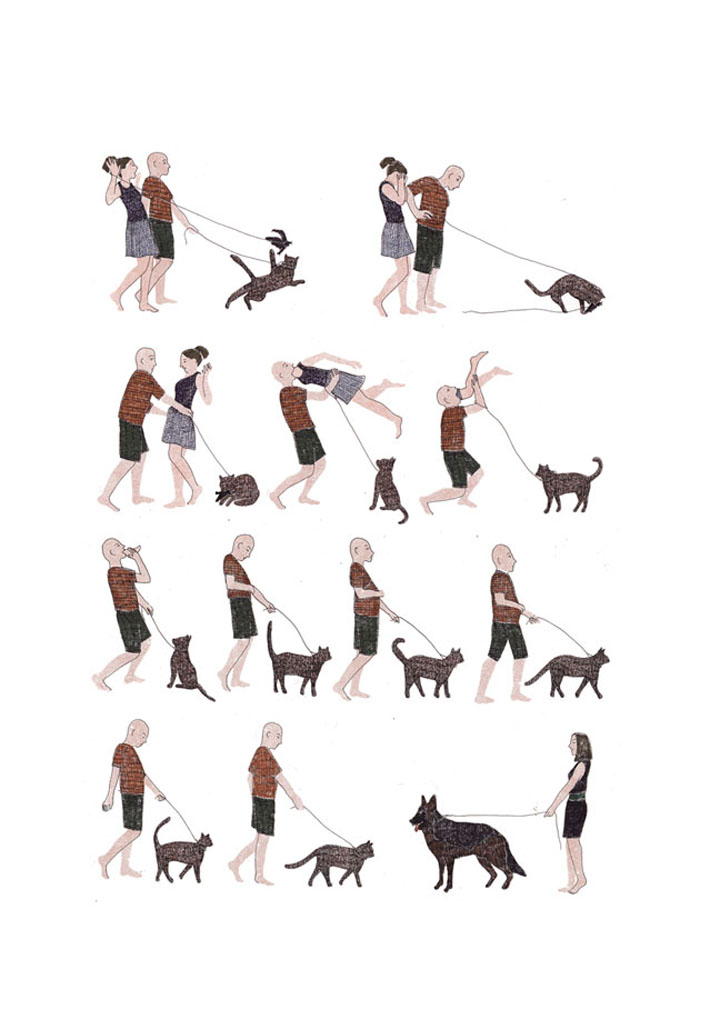The 117th meeting of the NY Comics & Picture-story Symposium will be held on Tuesday, March 3, 2015 at 7pm at Parsons The New School, 2 West 13th Street, in the Bark Room (off the lobby). Free and open to the public.

Paul Tumey on Forgotten Funnies: of America in the Comics of Percy Winterbottom, Dwig, and Ving Fuller
Forgotten today, the works of these three cartoonists were widely published and enjoyed a respectable readership in their successive eras. Presenting rare comics and original research, comics scholar and writer Paul Tumey paints a four-color triptych of lost comics masters:
Percy Winterbottom was a pen name for George Beckenbaugh, a humorist/cartoonist who had a brief career in comics in the late 1890s until he died in 1901 at age 36. He conceived of Klondike, a strange, satirical comic strip, presented in deliberately comically primitive art and language, about a parade of larger than life American archetypes that reflect what American music scholar Greil Marcus has called the “old, weird America.”
Clare Victor “Dwig” Dwiggins came of age in idyllic rural America in the late 1800s and worked in comics from 1900 to the 1950s. He enjoyed a boyhood much like that of Mark Twain’s characters Tom Sawyer and Huck Finn. Working at first in whimsical illustrations and screwball comics, Dwig later sought to recapture his magical childhood in syndicated comics like School Days, and Tom Sawyer and Huck Finn, reflecting the rise of nostalgia in industrial America.
Ving Fuller’s career spans the 1920s to the early 1960s. He was the barely successful cartoonist brother of famed Hollywood maverick filmmaker Sam Fuller. Creator of the first psychiatrist in comics, Doc Syke, Fuller made urban screwball comics that dealt with a host of post-war American neuroses, including gags about the atomic bomb that first appeared mere weeks after Hiroshima and Nagasaki.
When juxtaposed together, the lives and work of these three obscure cartoonists tell a larger story that helps shed light on American comics and culture in the first half of the twentieth century.
Paul Tumey was a co-editor and essayist for The Art of Rube Goldberg (Abrams ComicArts 2013). He was also a contributing editor and essayist of Society is Nix (Sunday Press, 2013). His essay on Harry Tuthill appears as the introduction to The Bungle Family 1930 (IDW Library of American Comics, 2014). His work can be read regularly in his column, Framed! at the online Comics Journal (www.tcj.com).













